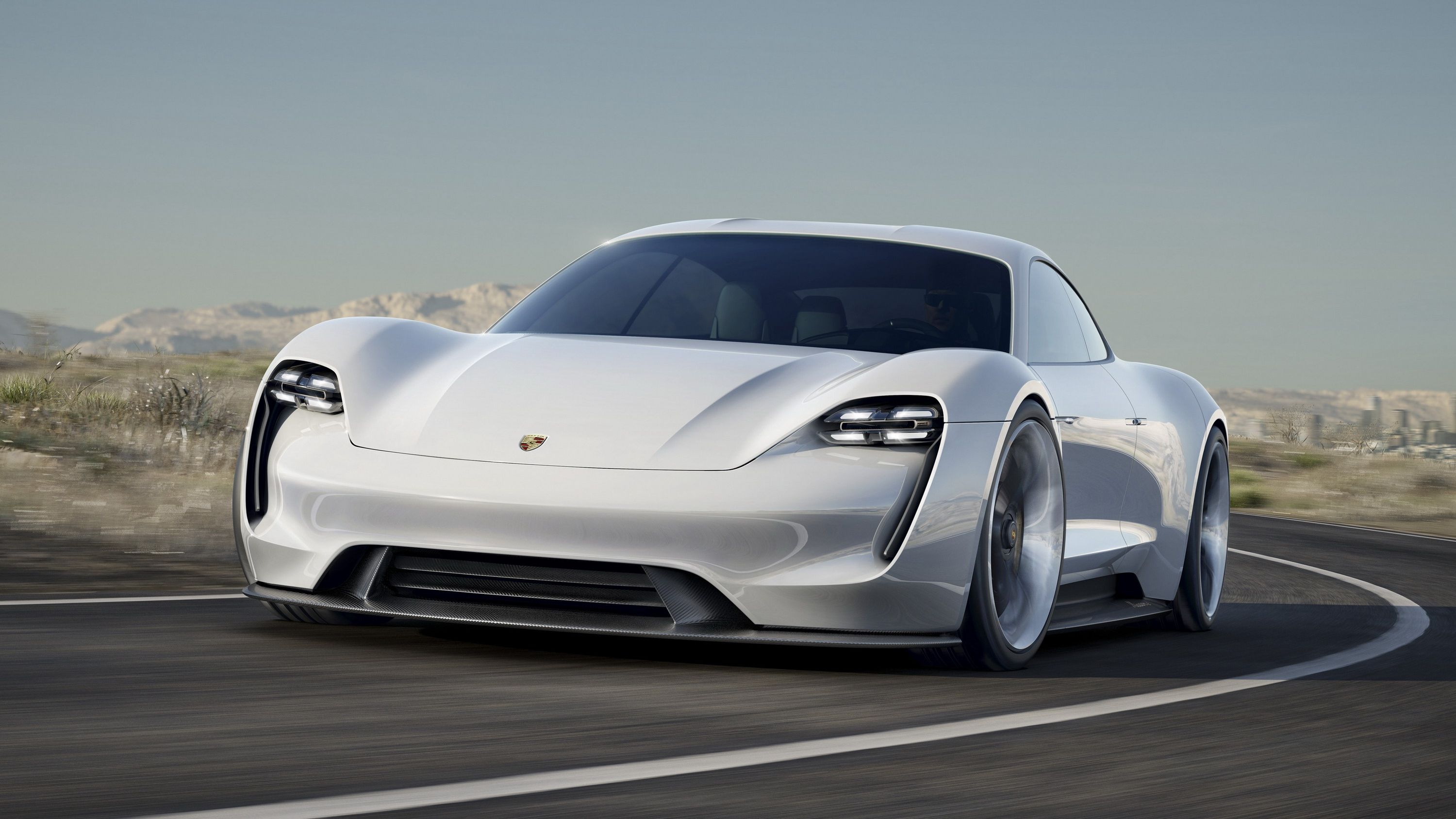Apparently, there are a lot of reasons why Porsche delayed the 960 supercar and one of them has been revealed to be Porsche’s preference to bolster its electric car lineup. A fresh report from Automobile Magazine’s Georg Kacher indicates that the decision-makers at Stuttgart are prioritizing a smaller version of the Mission E four-door coupe and are keen on developing that model first before it brings the 960 back to the table.
Porsche CEO Oliver Blume declined to confirm whether Porsche really is developing a smaller Mission E sedan, but he did tell Kacher that the Mission E’s architecture is scalable, which means that the low-floored electric vehicle platform can be made shorter or longer depending on the models that are going to use it. That opens up the possibility that a smaller Mission E is in the works. It’s already referred to internally as the Pajun E, and if the car does indeed come to pass, it could prove to be a worthy adversary for rival models like the BMW iNext and the Tesla Model 3.
The reported interest in a smaller version of the Mission E ties up with Porsche’s overarching goal of becoming a player in the electric car segment, something that Blume admitted, saying that the company will have to adjust at some point to where the auto industry is headed. The automaker’s decision to produce the Mission E certainly points in that direction and if the EV segment continues to grow as many expect it to be, the German automaker would have all the reasons it needs to build up its own lineup to include a smaller version of the Mission E.
Continue after the jump to read the full story.
Not a popular decision, but a smart one
I can tell you in so many different ways why it sucks to hear that the development for the Porsche 960 has been delayed, but when it was revealed that Porsche is doing it because it wants to prioritise its EV lineup, I couldn’t find any reason to disagree with that decision.
The truth is, it’s a smart move considering the potential for growth of the EV segment in the coming years. The 960, for all intents and purposes, is a flagship model. In other words, it’s not as important in moving sales numbers compared to other models. How many times have you heard CEOs say that these models are developed for image purposes above everything else? That’s the case with the 960 and something like that can wait if a more important model – from a sales point of view – comes up.
That’s a big reason why Porsche gave the green light to produce the Mission E and it’s the same reason why the automaker is placing a higher priority on complementing the Mission E with a smaller version. It’s a business move above everything else and it’s the smart and rationale one to take considering what the EV industry could become in the coming years.
As an aside, it is worth noting how Porsche is banking on the Mission E to become the EV version of the Panamera. The latter has turned into one of the most popular models in Porsche’s lineup and that popularity is being parlayed with a smaller version – the Cajun – that will hit the market in 2019. It’s not a coincidence then that Porsche internally refers to the smaller version of the Mission E as the “Pajun E.” Obviously, it’s not going to get that name when it arrives in the market, but it does paint a good idea on how important Porsche views the Mission E and its entire EV lineup.
2015 Porsche Mission E
Read our full review on the 2015 Porsche Mission E here.

